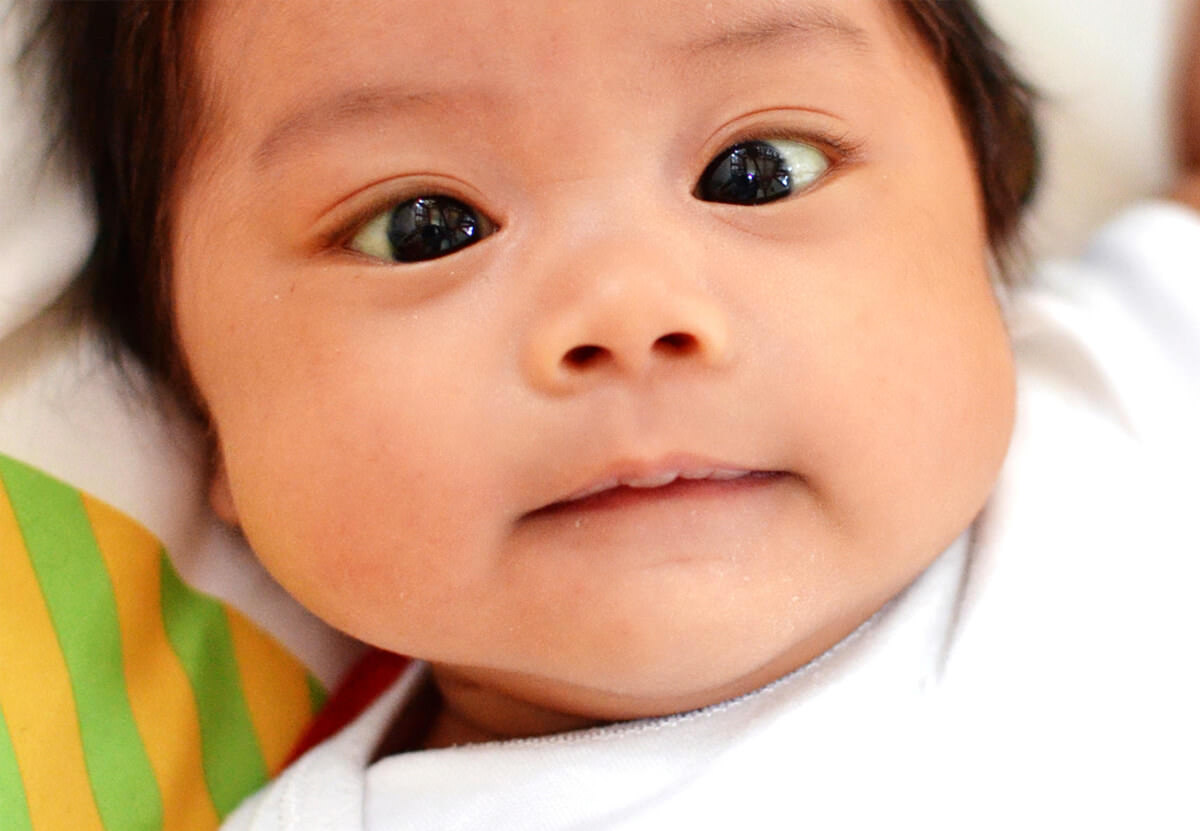A Squint or strabismus is a common eye disorder seen in children and many adults. In this condition, the eyes point in a different direction. This can be a temporary or permanent problem and should be corrected as it can create further vision problems. Squints are generally observed in people with poor eye muscle control such as children. The problem may occur in one eye or both in turn.
At Orbit eye hospital, our professional eye doctors are equipped to perform examinations and tests to determine the cause of a squint. Using the information obtained from these tests our optometrists can determine if you have a squint and discuss proper treatment options. Visit us today if you notice any of these problems.

